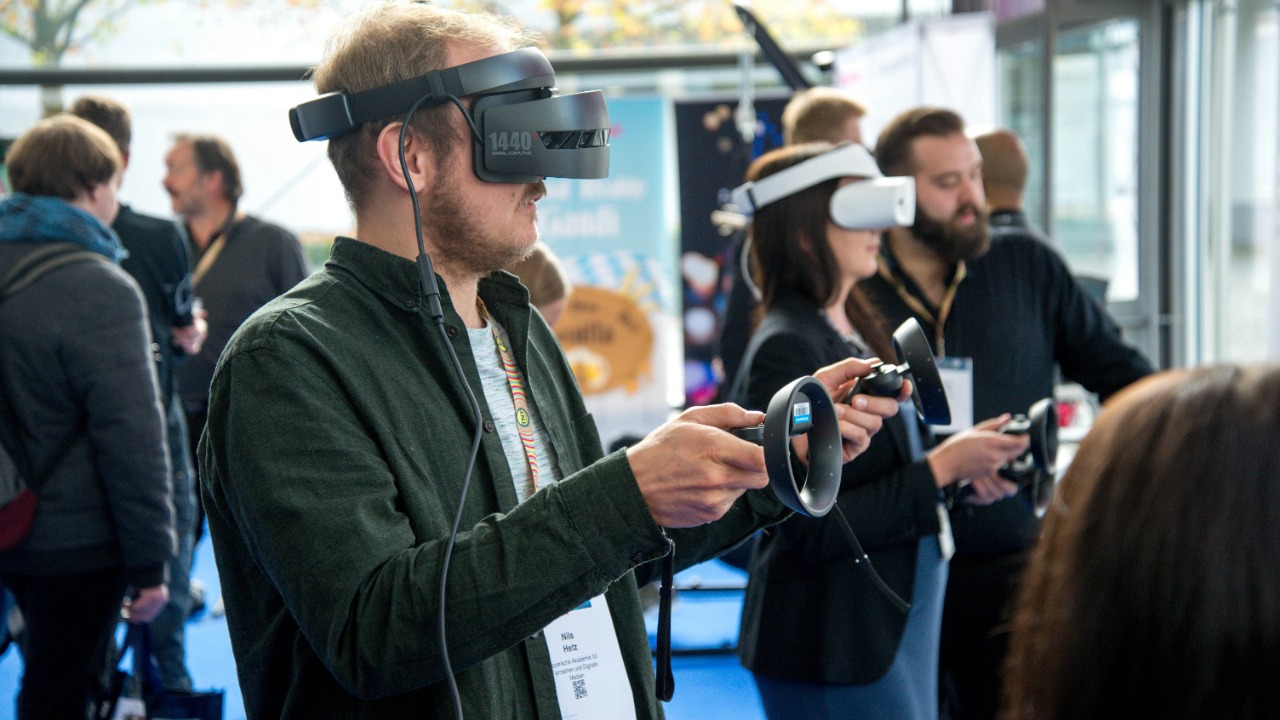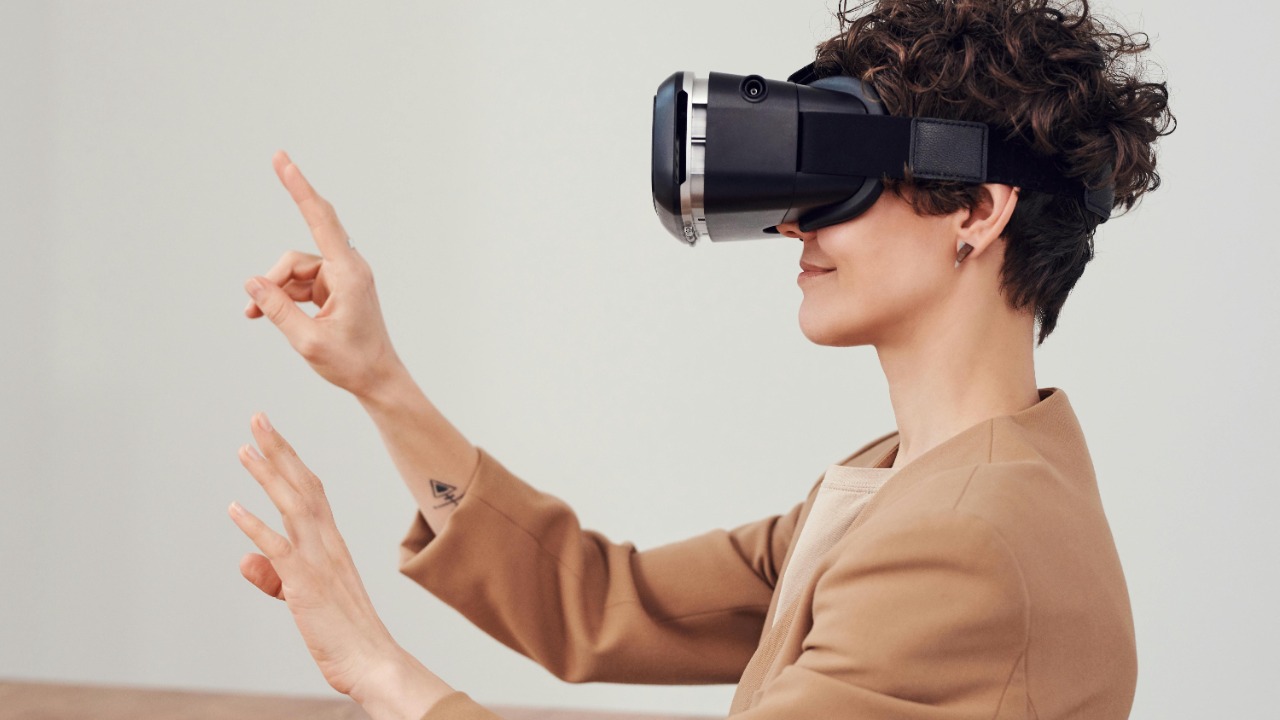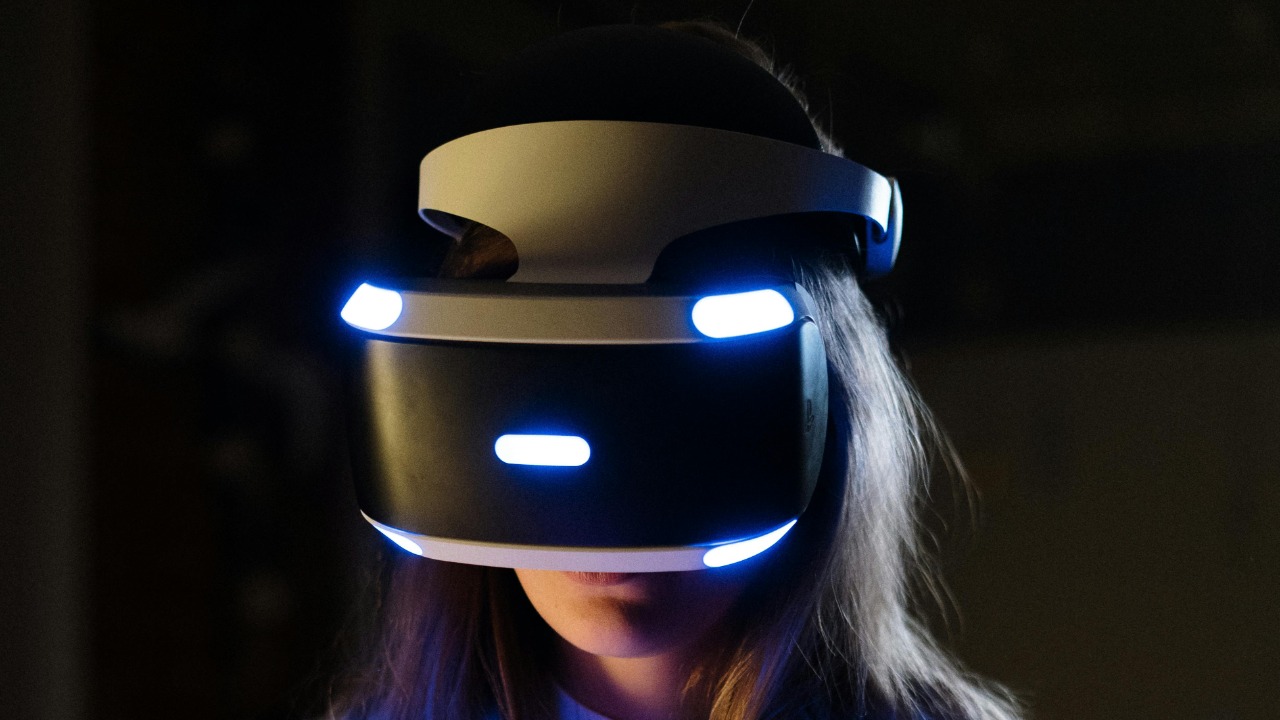
Imagine biting into a luscious slice of chocolate cake while immersed in virtual reality, and actually tasting the rich flavors. Thanks to recent advances in electronic “e-taste” technology, this futuristic experience is becoming a reality. Researchers are developing innovative devices that can simulate taste, potentially transforming how we interact with digital environments.
The Evolution of E-Taste Technology

The development of e-taste technology is a fascinating journey that combines sensory science with cutting-edge digital innovation. Historically, the concept of simulating taste in digital environments seemed like a distant dream. Early efforts in the 1980s and 1990s focused on crude methods to mimic taste through chemical sprays and rudimentary electronic stimulators. However, these initial attempts laid the groundwork for more sophisticated research in the 21st century, leading to significant milestones. One of these breakthroughs was the creation of the electronic tongue, which uses sensors to replicate human taste perception, as documented in scientific journals.
Today, several key players and innovators are leading the charge in e-taste technology. Renowned research institutions and forward-thinking companies are the driving forces behind this technological evolution. Notable scientists like Dr. Nimesha Ranasinghe have contributed significantly to this field, developing devices capable of creating taste sensations through electrical stimulation. Their pioneering work is not just a testament to human ingenuity but also a glimpse into a future where virtual taste experiences can seamlessly integrate into our digital lives.
How E-Taste Works: The Science Behind the Sensation

The intricate mechanisms behind e-taste technology are a marvel of modern science. At the heart of this innovation is the electronic tongue, a device that mimics human taste detection using a series of sensors. These sensors can detect basic taste modalities such as sweet, salty, sour, and bitter by measuring the electrical signals produced when taste compounds interact with the device. This electronic mimicry of taste is enhanced by the use of electrical stimulation, which activates taste buds in a manner similar to how we naturally experience flavors. In some cases, chemical compounds are also used to create more complex taste sensations, making the experience increasingly realistic.
Integrating e-taste with virtual reality (VR) platforms presents its own set of challenges and opportunities. E-taste devices are designed to be compact and user-friendly, allowing them to be seamlessly incorporated into VR headsets or peripherals. One of the major hurdles is synchronizing the taste sensations with visual and auditory cues in VR environments. Researchers are actively working on solutions to ensure that the taste experience aligns perfectly with what users see and hear, enhancing the overall immersive quality of VR. According to reports, such integrations are pivotal in ensuring that e-taste becomes a viable component of future digital interfaces.
Applications and Implications of E-Taste Technology

The potential applications of e-taste technology span various industries, promising to revolutionize sectors from food and beverage to entertainment. In the food industry, e-taste could transform product testing and marketing strategies. Imagine a scenario where consumers can sample a new flavor of ice cream in a virtual setting before it hits the shelves. This capability could drastically reduce the time and cost associated with traditional product development cycles. Furthermore, marketing campaigns could become more engaging, offering virtual tastings that entice customers in unprecedented ways.
In the realm of entertainment and gaming, e-taste technology offers exciting possibilities for enhancing immersive experiences. Gamers could taste the food their characters consume, adding a new layer of realism to their adventures. However, with these advancements come ethical and health considerations. The introduction of artificial taste into daily life raises questions about its impact on health, as well as the privacy concerns surrounding data collected through these devices. Addressing these issues is crucial to ensure the safe and ethical deployment of e-taste technology.
Challenges and Future Directions

Despite its promising potential, e-taste technology faces several technical hurdles and limitations. Current devices are often limited in the range and complexity of flavors they can simulate, and there is a need for more nuanced and versatile solutions. Moreover, the integration of e-taste into existing VR systems requires overcoming obstacles related to hardware compatibility and user comfort. Ongoing research and development efforts are focused on addressing these challenges, with scientists exploring new materials and methods to enhance e-taste capabilities.
Looking ahead, the future of taste in virtual reality is both exciting and uncertain. Over the next decade, we can expect e-taste technology to become more mainstream, potentially finding its way into everyday consumer electronics. As the technology matures, it could become an integral part of how we experience digital content, from virtual dining experiences to online shopping. The prospect of e-taste becoming a standard feature in VR systems is a thrilling possibility that could redefine interactions in digital spaces.
Public Reception and Cultural Impact

The concept of tasting in VR has elicited a range of reactions from the public and media. Some consumers are intrigued by the idea, eager to explore the novelty of virtual taste experiences. Others are more skeptical, questioning the practicality and necessity of such technology. Media coverage has been extensive, with numerous articles and discussions highlighting both the potential and the concerns associated with e-taste innovation.
Culturally, e-taste technology has the potential to alter dining and social experiences significantly. Virtual taste could enable remote dining experiences, where people share meals in a digital space despite being miles apart. This shift could have profound implications for how we connect and interact in a digital age. Moreover, the integration of taste into virtual environments may influence future digital interactions and lifestyles, potentially leading to new forms of entertainment and socialization that were previously unimaginable.